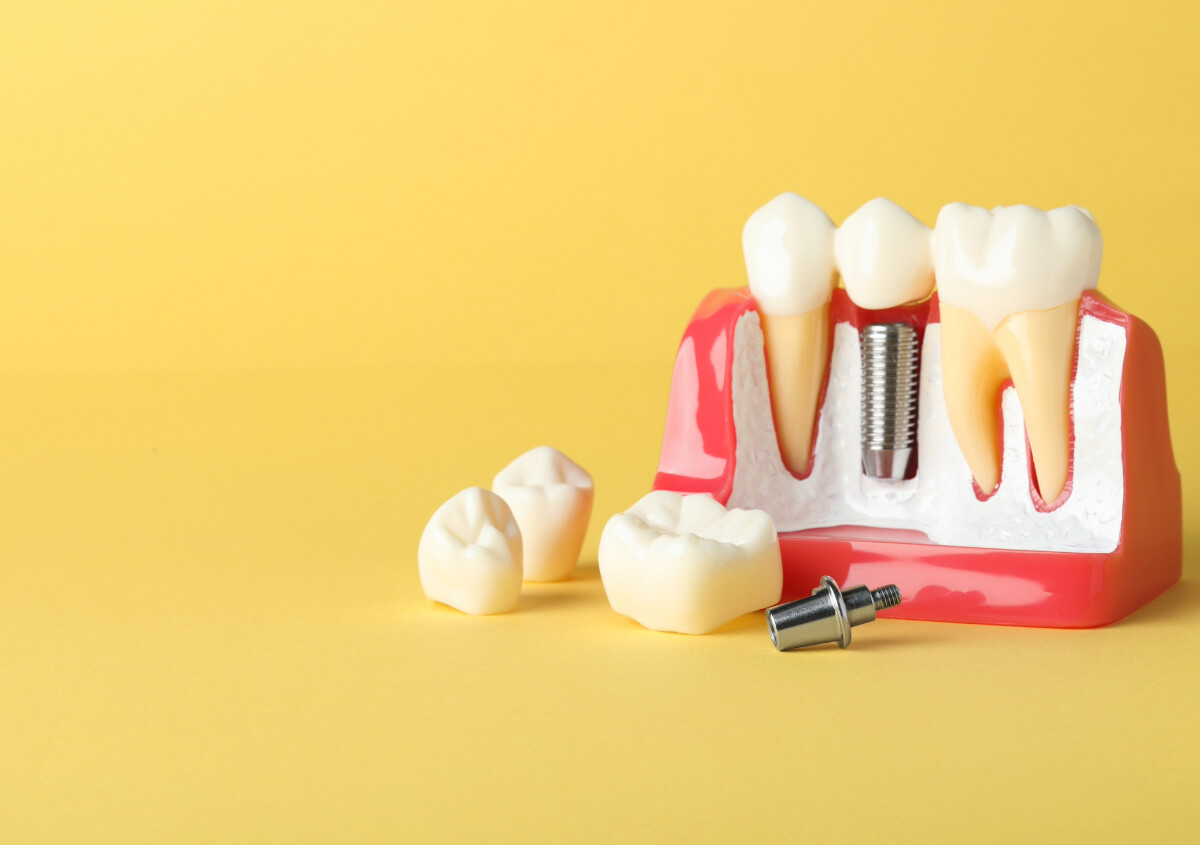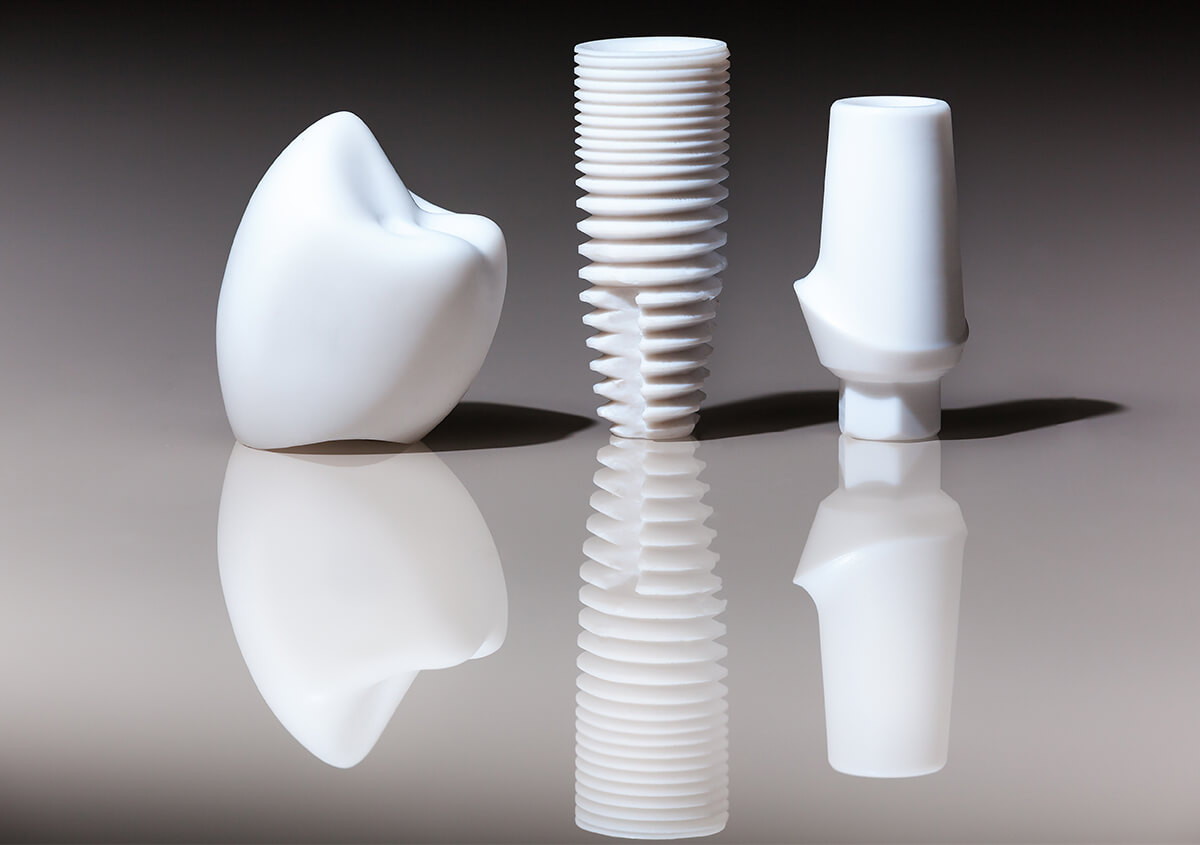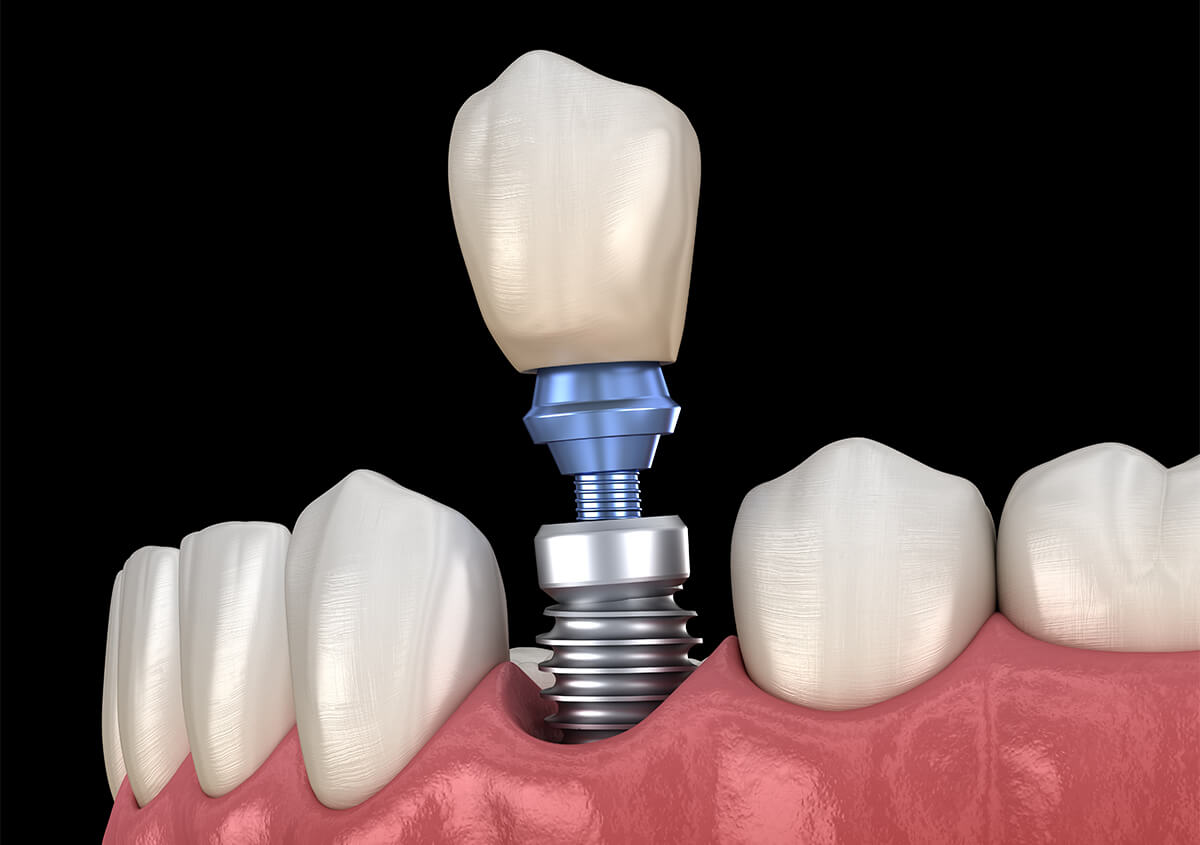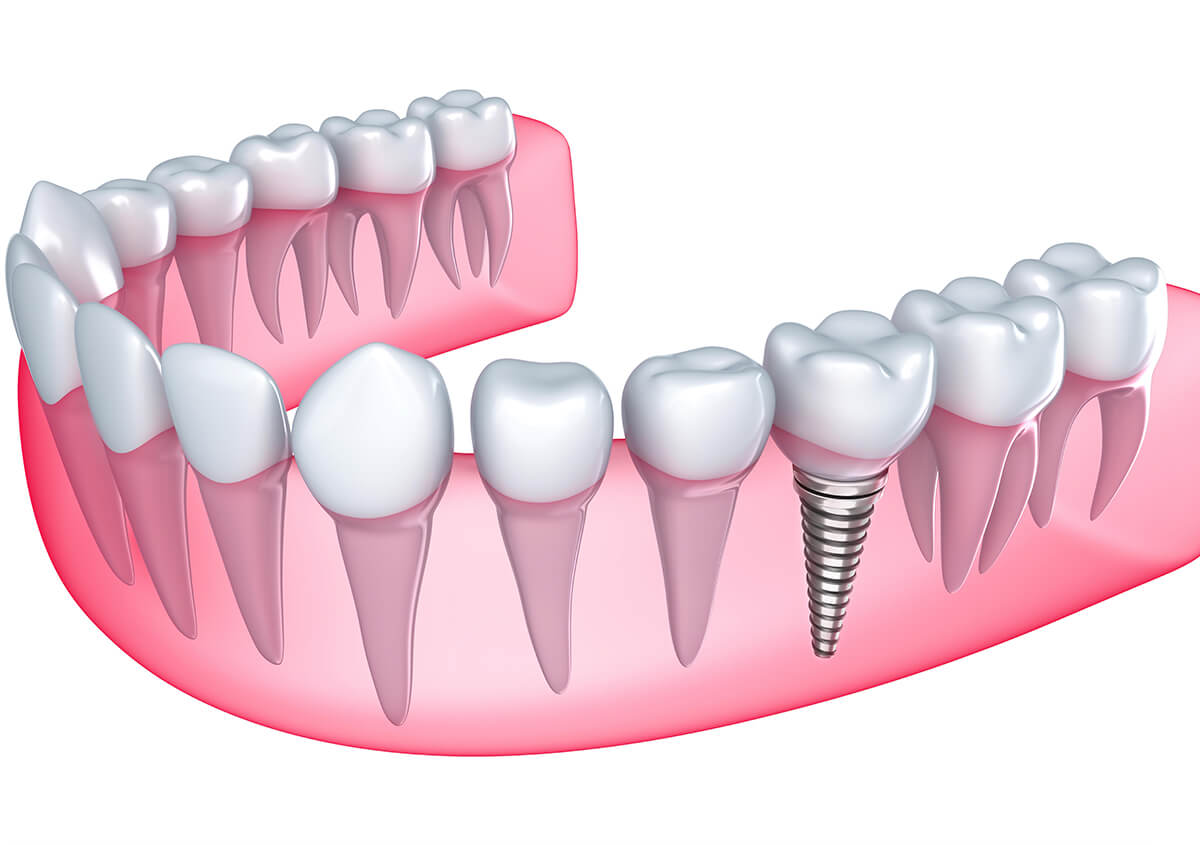Complete your smile, prevent bone loss and other complications with dental implants in Alpharetta, GA
At Bella Hanono Family Dentistry, we treat dental extractions as a “last resort.” Whenever possible, we try to preserve natural teeth. However, should a natural tooth be too far gone to restore with root canal therapy or other means, it is important for missing teeth to be replaced as soon as possible following extractions. Devastating bone loss is a complication of missing teeth. Fortunately, there are many great options to replace missing teeth at our Alpharetta, GA office, including dental implants. Implant-retained bridges and dentures also prevent the process of bone loss.
The problem with missing teeth
Gaps in your smile can not only affect your self-esteem, but they also have a damaging impact on your overall health and well-being. Your mouth is naturally designed with teeth that are supported by “alveolar” or “sac-like” bone. This bone requires stimulation to retain its healthy density and shape. How does it get that stimulation? Every time you chew, bite, and otherwise use your teeth, the forces of energy from those functions are transferred through the teeth to the roots in your jaw. Like your muscles, if you don’t use the bony tissue in your jaw, you lose it! In fact, it’s estimated that 25% of bone width is lost after just one year without a tooth. Bony height also shrinks by four millimeters within a few years of tooth loss. Gum tissue retreats. With these support structures eroded, you sustain functional problems. You may be unable to eat comfortably. It can be difficult to pronounce words clearly or properly. Even your face may appear gaunt or drawn, due to the loss of supportive structure and youthful contours.
The bone loss-fighter: dental implants
Restorations that are supported by dental implants halt the progression of bone loss, or prevent this process from starting in the first place. Implant-supported teeth are able to retain bone health, and natural appearance and function, because they are designed like natural teeth. In fact, the dental implant is a cylinder made from biocompatible materials such as ceramic or zirconium. Once the implant is strategically placed in the jaw, it will naturally “join” or integrate to the surrounding bone. In this manner, the implant becomes a part of your jaw. After the overlying teeth are connected to the implant, this cylinder is able to function as designed – like a natural tooth root. The restoration to replace a single tooth, the bridge or partial denture to replace several teeth, or a complete denture to replace an entire arch full of teeth, are then “rooted” in the jaw by way of the implant or implants.
The process of placing the implant itself is straightforward, and completed in a single visit. There is a waiting period as the implant integrates to the bone. Afterward, the implants are connected to restorations, either with abutments or with attachments that allow for dentures to snap on and off. An entire arch of upper or lower teeth can be supported with as few as four strategically-inserted implants.
There are so many options for implant design and tooth replacement, that we encourage you to contact our office to discuss them further. All treatments also involve an examination of your mouth, which further helps to determine if you are a candidate for implant systems or, perhaps, for conventional tooth replacement like dental bridges.









